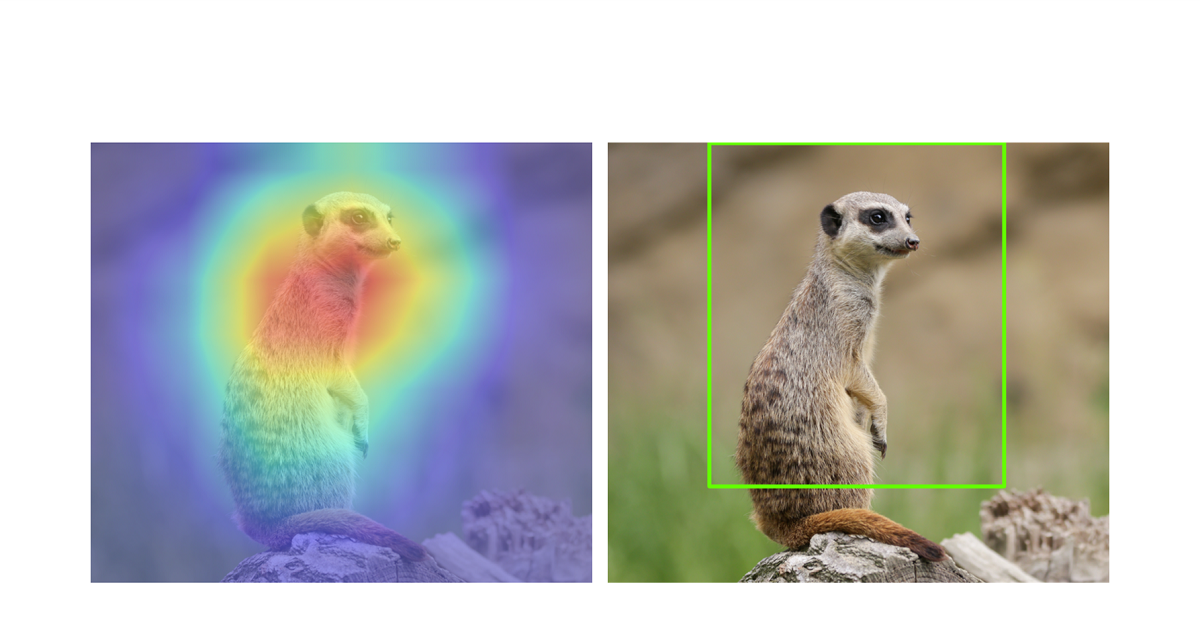In the past two years, diffusion models have revolutionized and taken over the field of generative models. In particular, the paper by Ho et al. [1] accelerated this trend. However, in my opinion, one of the most seminal works in this field dates back to 2010 with the technical report…
Comments closedJohannes S. Fischer Posts
The Kullback Leibler Divergence has a closed form solution for two Gaussians. Here I will shortly derive this solution. If you need an intuitive refresher of the KL divergence you can have a look at a previous post of mine. Assume two Gaussian distributions – $q(x) \sim \mathcal{N}(\mu_q, \sigma_q)$ and…
Comments closedIn a past university project my teammates and I were researching which parts of a face are the most discriminative for a convolutional neural network to classify emotions. For that we trained several facial emotion recognition models with TensorFlow on two databases: FER+ and RAF-DB. The final model architecture as…
Comments closedA method to visualize internal representations of a convolutional neural network and perform object localization without bounding box annotations. For a university project we investigated the question of where a deep convolutional neural network (CNN) looks, when classifying emotions. For this purpose, we evaluated three visualization methods for CNNs, one…
Comments closedThis project was done for the Mobile Robotics course in the Intelligent Interactive Systems master’s program at Pompeu Fabra University, Barcelona. In the following I will give a short overview of how I approached the task of implementing a localization module and present the results. The code for this project…
Comments closedIn this post I would like to write and give some intuition about the Kullback-Leibler Divergence, which is a measure of how different two probability distributions over the same random variable are. I’ll start by giving an intuitive explanation of the entropy and then derive the Kullback-Leibler Divergence from it.…
Comments closedWhen training an object detection model, you have surely stumbled across the Intersection over Union, in short IoU. In this short post, I will explain what it is and how to implement it in native Python. Furthermore, I will describe the implementation in Tensorflow using vector operations, so that it…
Comments closedSimple object localization and classification using a convolutional neural network build with Tensorflow/Keras in Python. In my previous post I wrote about a simple object localization problem: predicting the bounding box of a single rectangle on neutral background. However, this approach was limited to a single shape and could not…
Comments closedSimple introduction to object localization using a convolutional neural network build with Tensorflow/Keras in Python. In the past days I worked myself into object detection with neural networks. For simplicity, I decided to start with a simple task: predict the bounding box of one single rectangle on a neutral background.…
Comments closedIncluding feature selection methods as a preprocessing step in predictive modeling comes with several advantages. It can reduce model complexity, enhance learning efficiency, and can even increase predictive power by reducing noise. In this blog post I want to introduce a simple python implementation of the correlation-based feature selection algorithm…
Comments closed
